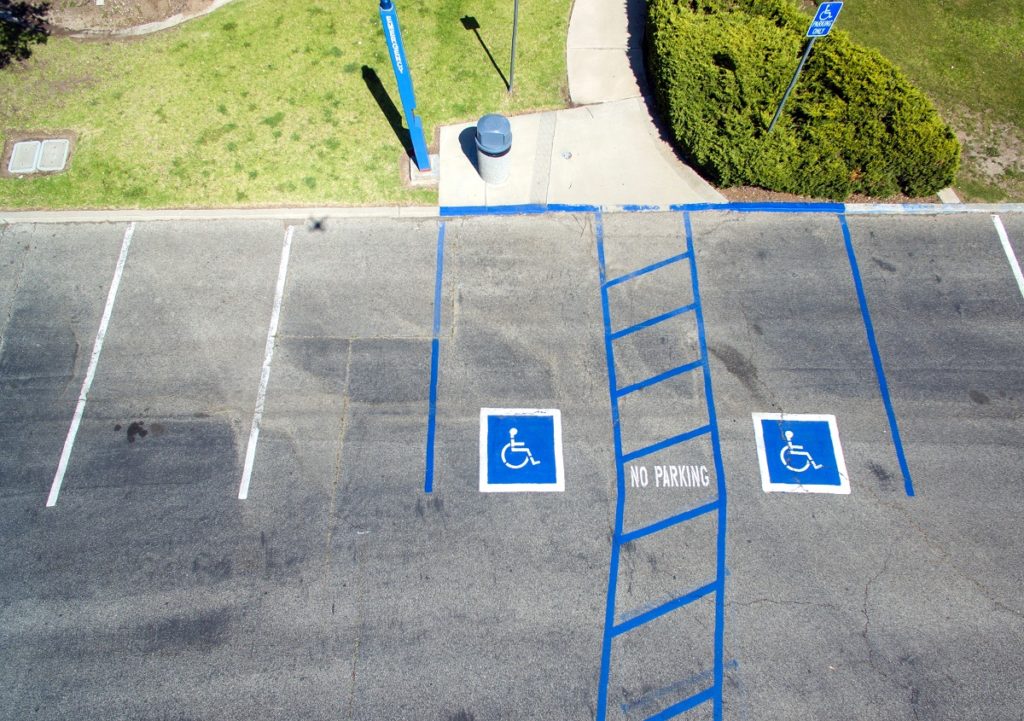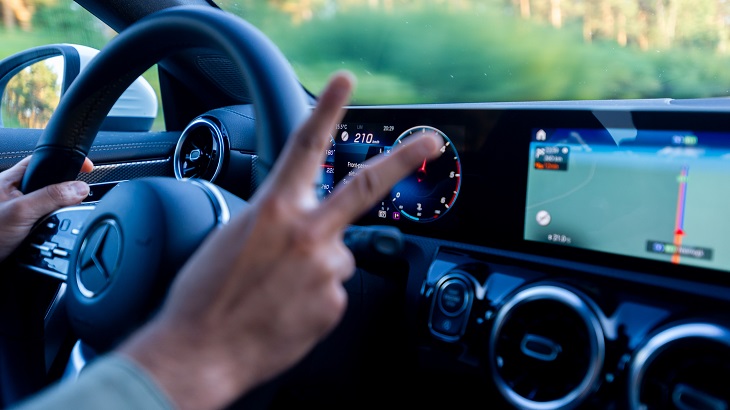Florida is a dream vacation destination for a lot of people. The beaches and beautiful scenery of the state are something enjoyed by both locals and those looking for a tropical escape from the everyday.
If you use disabled parking, you may be wondering about the rules surrounding handicap parking in Florida. For example, is handicap parking free in Florida? Can hotels charge for handicap parking? What are the rules for handicap parking in Florida?
Below are the answers to all those questions and more for those traveling around the Sunshine State with handicap parking placards or plates.
How To Get a Handicap Parking Placard in Florida
You can get an application for a disabled person parking permit through the Florida Department of Highway Safety and Motor Vehicles. Fill out the application and get it signed by your doctor, then take it with payment to the local tax collector’s office. You will also need a copy of your state identification card or driver’s license.
If you are traveling to Florida from another state, you can use your handicap parking permit in Florida. However, if you are visiting from another country, you may have to get a temporary disabled parking permit in Florida if you wish to have disabled parking privileges.

Types of Disabled Parking Permits in Florida
In Florida, the state grants disabled parking permits on both a temporary and a permanent basis. Temporary disabled parking permits are for short-term mobility issues and are good for up to six months. Temporary permits cost $15.
Permanent handicap parking permits are for long-term mobility issues or for those who are declared legally blind. These permits are valid for a term of four years and must be renewed by the holder’s birthday on the year it expires.
Is Handicap Parking Free in Florida?
One of the biggest questions people have about handicap parking in Florida is whether it is free or not. Those with disabled parking permits can park for free at on-street meters. In some places, the time you can park there is unlimited, but in others, the local ordinance may limit the time to four hours. The idea behind this rule is that those with disabilities or mobility issues may find it a challenge to constantly return to their vehicle and feed parking meters.
If you’re planning a trip and you’ve been wondering “Is handicap parking free in Miami?”, your best bet is to check with the city before attempting to park. It’s always best to do your research beforehand to find out specific parking rules, even if you generally expect to be able to park for free at metered parking spots.
Can Hotels Charge for Handicap Parking in Florida?
Another thing many people want to know is if hotels can charge for handicap parking in Florida. The simple truth is that Florida law only explicitly exempts those with disabilities from paying for on-street parking at meters. Other places, such as public garages, airports, convention centers, and hotels, are allowed to charge a person with a handicap parking permit for parking.
The only case in which free parking must be granted is if someone has a Florida Toll Exemption Permit or special equipment on their vehicle such as foot or hand controls, lifts, and ramps. Toll exemption permits are reserved for those with severe upper body mobility issues.
However, you should contact any hotel you plan to stay at before you arrive to find out if they do charge for parking for disabled guests. Policies can be different between properties.

Unauthorized Use of Handicap Parking Permits
In some places in Florida, parking spaces can be difficult to find. If someone you know, either a family member or a friend, approaches you about using your disabled parking permit and you let them when you’re not with them, then you risk some serious consequences.
Anyone caught unlawfully using a handicap parking permit in Florida can have the permit confiscated and be charged with a misdemeanor crime. You can lose your disabled parking privileges for up to four years. For this reason, never use your permit unless you are in the vehicle and it’s for your use.
If you have more questions about handicap parking in Florida, contact Dr. H for help!
Featured image by Lance Asper on Unsplash







